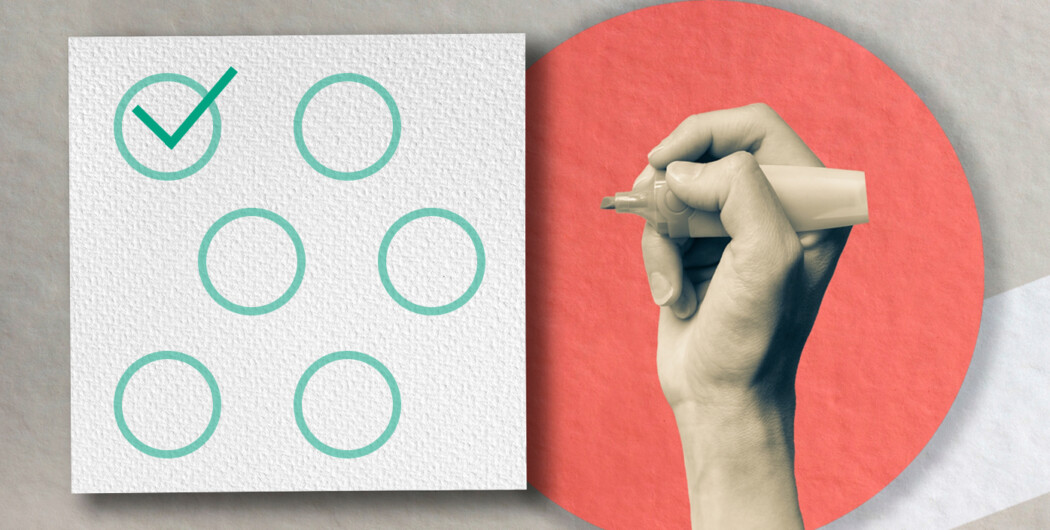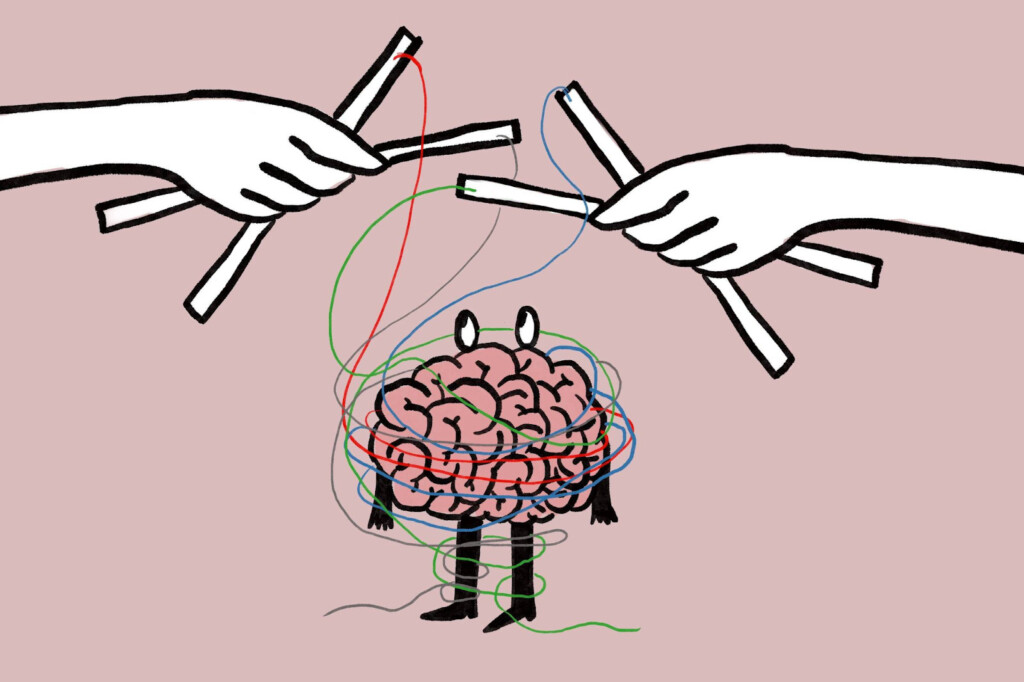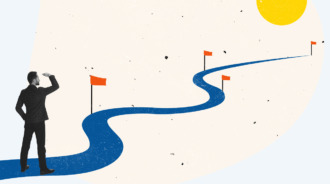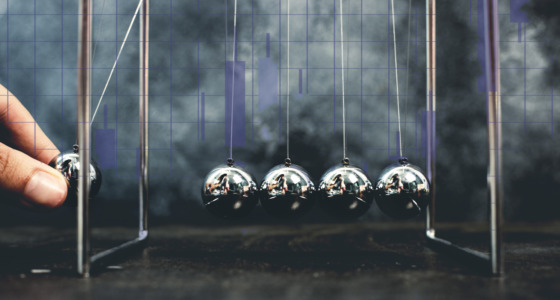

Whether it’s in sports, business, trading, or any other field, you can’t start anything blind-sighted. Do you remember Michael Jordan’s short-lived foray into baseball? Not many do. After winning three consecutive NBA championships with the Chicago Bulls, Jordan announced his retirement from basketball in 1993 to pursue a career in baseball. But his lack of experience and practice soon became apparent, and he ultimately decided to return to basketball in 1995.
No matter how talented you are, you need to know what you’re getting into. In the context of trading, you can use backtesting to gain a better understanding of your strategies. A backtest is a simulation of a trading strategy that uses historical market data, and here are six main reasons to conduct it:
Testing assumptions

Have you ever created a trading strategy based on assumptions only to find out later that those assumptions were flawed? It’s a common mistake that many traders make, and it can cost you a lot. That’s where backtesting comes in. It allows you to test those assumptions before trying it in live markets and make sure the strategy is based on sound principles.
Think of it like a scientific experiment. You have a hypothesis about how the market behaves and how your strategy will perform, so you need to gather data and evidence to support your hypothesis. By running the strategy under different market conditions, you’ll be able to identify flaws in your assumptions and change the approach accordingly.
Assessing risk
Surely, you need to be aware of the potential risks associated with your strategy and have a plan in place to mitigate them. So, this is your chance to recognize these risks and develop a risk management plan with new insights in mind.
For example, backtesting can help you determine the maximum drawdown that your strategy may experience under certain conditions. This information can help you set appropriate stop losses, and you’ll have a better idea of how much you’ll be risking per trade.
You’ll also see if different assets in your portfolio are connected in some way and if a market shock in one asset may cause problems for the entire portfolio. For example, there might be two stocks that seem unrelated. But real-life data will tell that they always move up and down together and are actually pretty similar.
Optimizing strategy parameters
When creating a trading strategy, you’ll need to set different parameters like entry and exit rules, stop loss and take profit levels, and position sizing. But how do you know which values to use for these parameters? Well, don’t make the mistake of guessing them.
As if you’re baking a cake, test different ingredient combinations and baking times until you find the perfect recipe. Similarly, you need to test different parameter values to figure out the optimal combination that works best for your trading style.
When running a backtest, you may find that a larger position size or a tighter stop loss leads is better for returns. Alternatively, a smaller position size or a wider stop loss is worse for return but also lowers the risk. Tweak the parameter back and forth for the right balance between risk and reward.

Identifying market inefficiencies
Let’s clarify: a market inefficiency is a situation where the market doesn’t reflect all available information or when market participants fail to act on that information.
If you find an inefficiency, you can take advantage of it. But this, of course, isn’t always easy, especially if your only chance to spot them is during live trading hours.
Suppose some company’s stock is worth $40, but due to some external event like a natural disaster, the stock price drops to $20. This is a market inefficiency because the stock is worth more than its current price, but the price is temporarily lowered due to a crisis. Or it may be the opposite scenario where the stock price goes up too high due to a bubble, which is also a market inefficiency. If you have used backtesting to identify a market bubble, you’d already have the plan to capitalize on the situation.
Avoiding emotional bias

If you were to rely solely on news headlines to make trading decisions, you would likely be influenced by emotions like fear and greed. Or you may come across influential people who swear by a particular strategy or approach. While it can be tempting to simply take their word for it, you need to verify its effectiveness.
Some traders have biases toward buying certain types of stocks or holding onto losing trades for too long. Even the most experienced traders can fall victim to emotional attachments, like buying only high-growth tech stocks or holding onto their favorite companies. If you have one, backtesting will reveal and help you correct it.
Improving confidence
It can be difficult to know whether your strategy is truly effective or if you are simply relying on luck. Uncertainty and hesitation that comes with it can take an emotional toll on you, ultimately leading to missed opportunities or poor performance. You still never know 100%, but at least you can gain some level of confidence.
For example, imagine you’re backtesting a strategy and find out it does well during both bull and bear markets. This will give you the confidence to stick to your strategy even when the market is volatile or when others may be panicking.
Just remember that overconfidence is as bad as a lack of confidence. No matter how well-tested the strategy is, it’s crucial to continuously monitor and evaluate it to confirm its continued effectiveness.
How to backtest a trading strategy
Many trading platforms have built-in backtesting functionality, so you don’t need to gather the data or run the test yourself. For example, here is how to backtest a trading strategy in TradingView:
- To get started, open TradingView and select the asset you want to trade.
- Then, click on the “Strategy Tester” button in the top toolbar or press Ctrl + Enter on your keyboard.
- From there, you can select your trading strategy and set parameters like timeframe, buy and sell conditions, and stop loss and take profit levels.
- Once you’ve set up your strategy, the Strategy Tester will show you how it would have performed in real market conditions.
- Knowing the results of your mock trades, you can fine-tune your approach.
The takeaway is that backtesting your trading strategy is a critical step, and without it you risk making more mistakes and hurting your bottom line. So if you’re serious about trading, make sure to take the time and prepare.
Sources:
Strategic risk: A cornerstone of risk transformation, Deloitte
Behavioral finance: how are traders’ financial decisions and performance impacted by behavioral biases under uncertainty? Hal Open Science
3 ways to improve your trading confidence, BabyPips







